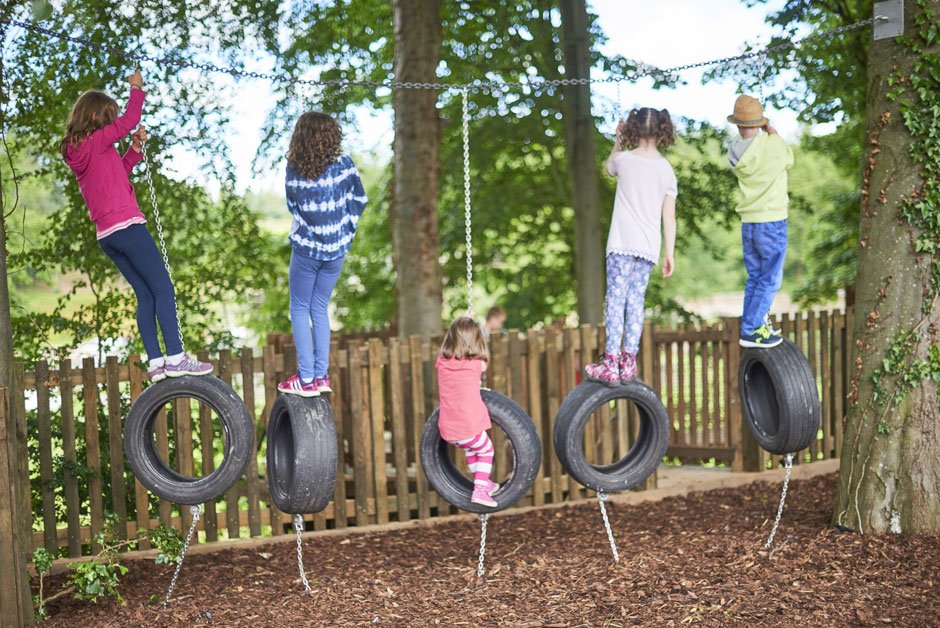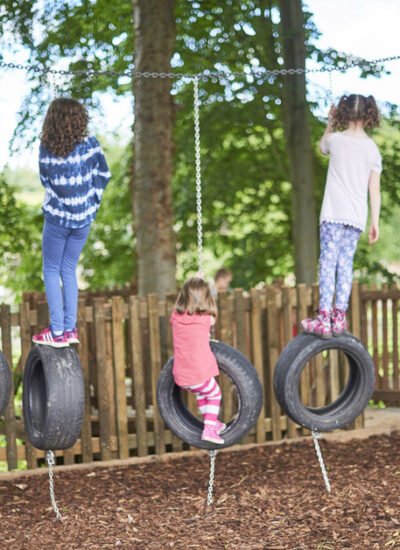 For many families, the backyard is more than just an open space. It’s a place where memories are made, creativity blooms, and kids explore the world around them. If your child is sensory-sensitive or simply thrives with outdoor activity, turning your backyard into a sensory-friendly oasis can support their development and well-being, based on input from Premier Property Management & Realty LLC. services.
For many families, the backyard is more than just an open space. It’s a place where memories are made, creativity blooms, and kids explore the world around them. If your child is sensory-sensitive or simply thrives with outdoor activity, turning your backyard into a sensory-friendly oasis can support their development and well-being, based on input from Premier Property Management & Realty LLC. services.
Creating an inclusive, engaging environment doesn’t mean you need a huge budget or expert landscaping skills. With a little planning and a few thoughtful choices, you can make your outdoor area more inviting, calming, and stimulating in all the right ways.
Focus on Texture and Touch
Sensory-friendly spaces are all about inviting exploration through the senses. For touch, offer a mix of textures. Install soft grass or turf, add a sandbox, or create a pebble path kids can walk on barefoot. These surfaces give children the chance to explore different sensations in a safe, familiar setting.
Tactile stimulation can also come from objects they can hold, squeeze, or build with. Set up a bin with water beads or kinetic sand. Use outdoor-safe bins for sensory play that’s easy to clean up and enjoy all year long.
Encourage Movement Through Play Structures
Movement helps kids regulate their bodies and emotions. Active play structures offer both physical benefits and sensory input. If you have space, consider investing in a durable outdoor climbing structure. These provide an outlet for energetic play, while also building motor skills and confidence.
Even a simple kids outdoor play set with swings, monkey bars, or a climbing wall can help children challenge themselves in a fun, low-pressure way. For children who benefit from repetitive motion or need an energy outlet, swings and spinners are especially soothing.
Provide a Calm, Shady Spot to Recharge
Every sensory-friendly space needs a place to unwind. After high-energy play, it’s important to have a designated area for calming down. Create a shaded nook with a canopy, tent, or oversized umbrella. Add outdoor cushions or a hammock where your child can read, rest, or enjoy a break.
Natural elements like trees or hedges can help block noise and give a sense of privacy. If space allows, set up a water feature or wind chimes to add gentle sounds. These calming cues can help balance more stimulating play areas.
Bring in Color and Visual Interest
Children respond to visual stimuli, so be intentional with colors and design. Use bright, cheerful colors in moderation and choose calming tones like blues and greens for balance. Sensory boards with mirrors, spinners, or textured panels can offer engaging visual input in a low-stress way.
Outdoor chalkboards or painting stations also allow for creative expression. Let your child draw or color with washable paints, giving them a way to explore and express their feelings in the moment.
Make It Safe and Accessible
Safety is always a priority, especially for younger kids or those with sensory processing challenges. Soft ground surfaces, clear pathways, and good visibility are all key. Choose rounded corners and smooth edges for furniture and fixtures.
When selecting equipment, make sure it’s age-appropriate and securely anchored. Look for sturdy play structures designed for active kids and outdoor use. Avoid overly crowded layouts so kids can move freely and comfortably.
Involve Your Child in the Design Process
Every child is different, so what feels calming or exciting to one may not suit another. Ask your child for input. What colors do they like? Do they want a swing or a fort? Giving them a voice helps ensure the space meets their needs and makes them more likely to use it.
As your child grows, their space can evolve. Keep it flexible so you can adapt it to their changing interests and developmental stages. You don’t need to do everything at once. Start small, and build over time.
Creating a sensory-friendly backyard is a wonderful way to support your child’s development and well-being. With thoughtful additions like a climbing structure, calming zones, and textural play elements, your yard can become a space where your child feels safe, engaged, and free to be themselves.
Home improvements that focus on inclusivity and sensory engagement don’t just benefit children with specific needs, they make outdoor play more meaningful for all kids. By nurturing their senses and supporting their growth, you’re building more than a play space. You’re building a sanctuary for joy, discovery, and connection.





Leave a Reply